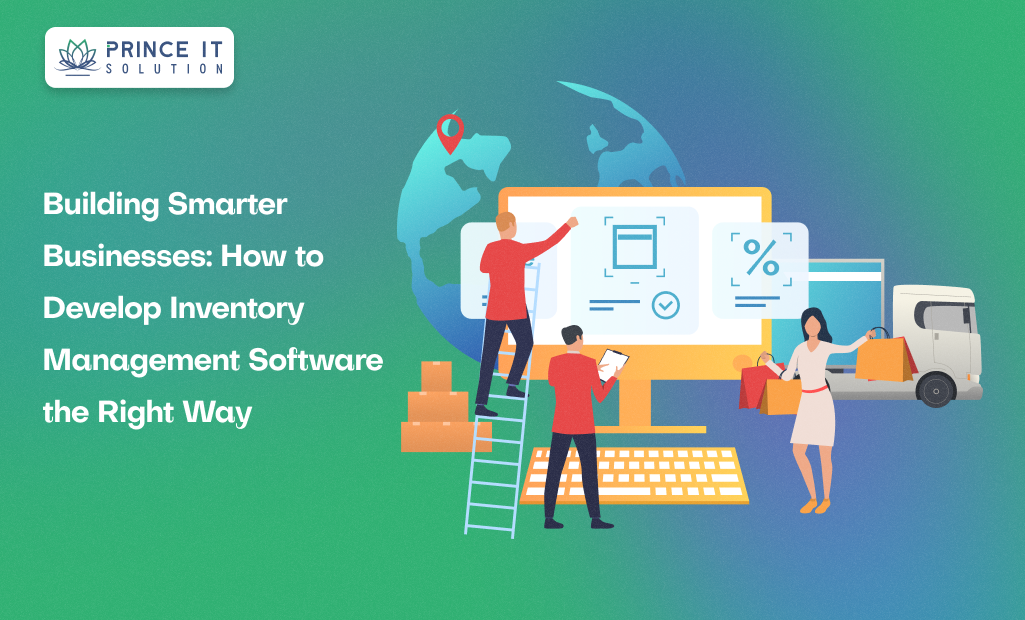Introduction: Why Work Harder When You Can Work Smarter?
In today’s fast-paced digital economy, businesses face a common challenge: doing more with less. Teams are buried under repetitive tasks like manual data entry, email follow-ups, approvals, or report generation. These time-consuming processes drain productivity and leave employees frustrated.
Enter Business Process Automation (BPA), the technology that transforms business operations by automating repetitive workflows, reducing errors, and freeing up human talent for more strategic, creative, and impactful work.
But automation alone isn’t enough. Modern organizations need to automate smarter, leveraging AI, analytics, and intelligent integration, to build scalable, adaptive processes that not only save time but also drive innovation.
What is Business Process Automation?
Business Process Automation is the use of technology to streamline business workflows. Instead of manually handling tasks, businesses use software, bots, and AI-driven tools to execute them automatically.
Think of BPA as your company’s digital workforce, working 24/7, error-free, and at lightning speed.
Key Features of Business Process Automation
Workflow Automation – Automating approvals, notifications, and task assignments.
System Integration – Connecting CRM, ERP, HR, and other tools into a unified workflow.
AI & Machine Learning – Enabling predictive insights and smart decision-making.
Low-Code/No-Code Platforms – Allowing non-technical staff to design workflows.
Real-Time Monitoring & Reporting – Providing visibility into process performance.
Scalability – Growing seamlessly with business expansion.
Benefits of BPA: Why Businesses Should Automate Smarter
Time & Cost Savings
Automates routine tasks like invoicing, payroll, and scheduling.
Cuts operational costs significantly.
Error Reduction
Minimizes human errors from manual data entry.
Ensures consistency across workflows.
Enhanced Productivity
Employees focus on innovation and problem-solving rather than repetitive tasks.
Improved Customer Experience
Faster responses, seamless communication, and reliable service.
Better Compliance & Transparency
Tracks and records every step for regulatory compliance.
Data-Driven Decisions
Analytics highlight bottlenecks, enabling continuous improvement.
Use Cases of Business Process Automation
Finance & Accounting
Automating expense tracking, invoice processing, and approvals.
Human Resources (HR)
Employee onboarding, payroll, and leave management.
Customer Service
AI chatbots handling FAQs and ticket routing.
Sales & Marketing
Lead generation, CRM updates, and personalized email campaigns.
Supply Chain & Inventory
Automated order tracking and inventory updates.
Best Practices for Smarter Automation
Start Small, Scale Big – Begin with simple repetitive tasks before expanding automation.
Map Processes Clearly – Document workflows before automating.
Use AI & Analytics – Go beyond rule-based automation with intelligent insights.
Ensure Integration – Make sure your automation works seamlessly across all business tools.
Keep Humans in the Loop – Automation should assist, not completely replace human decision-making.
Continuous Improvement – Regularly evaluate and optimize automated workflows.
The Future of BPA: Intelligent Automation
Business Process Automation is evolving into Intelligent Automation, powered by:
AI and Machine Learning – For predictive workflows.
Robotic Process Automation (RPA) – For complex data-heavy processes.
Hyperautomation – Integrating multiple automation tools for end-to-end workflows.
Cloud-based BPA – Providing scalability and flexibility for remote teams.
This future ensures businesses not only automate tasks but also transform operations into intelligent ecosystems.
Conclusion: Automate Smarter, Grow Faster
In the digital-first world, companies that rely only on manual processes risk falling behind. Business Process Automation is no longer a luxury; it’s a necessity for scalability, efficiency, and customer service
satisfaction.
By automating smarter, businesses can:
Reduce costs and errors.
Empower employees.
Improve decision-making.
Deliver exceptional customer experiences.
Simply put, smart automation is the key to staying competitive in the future of work.



